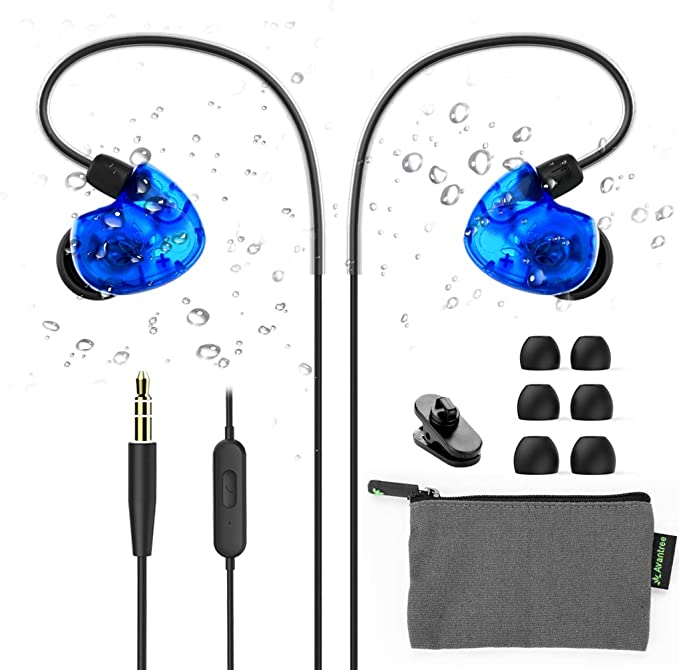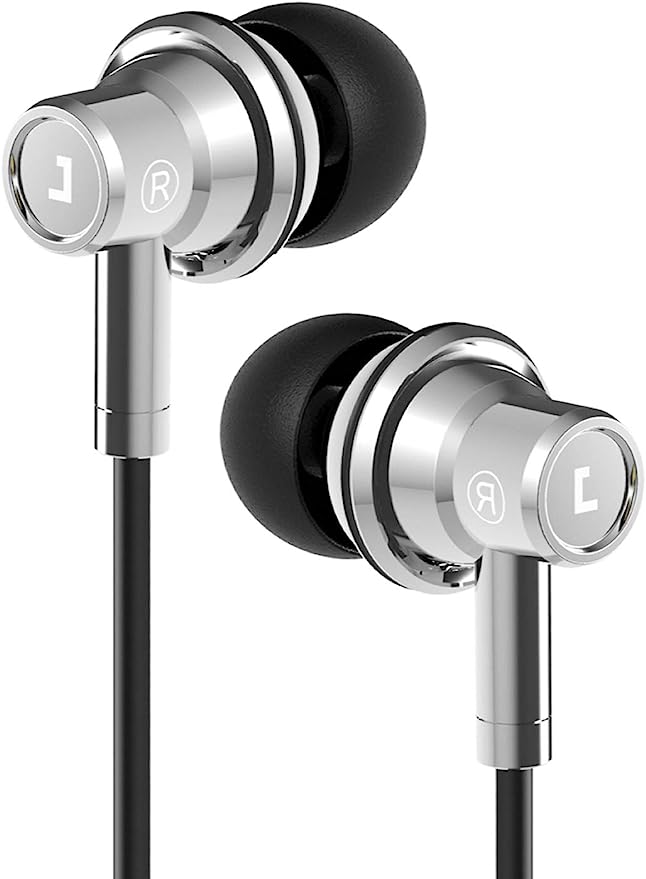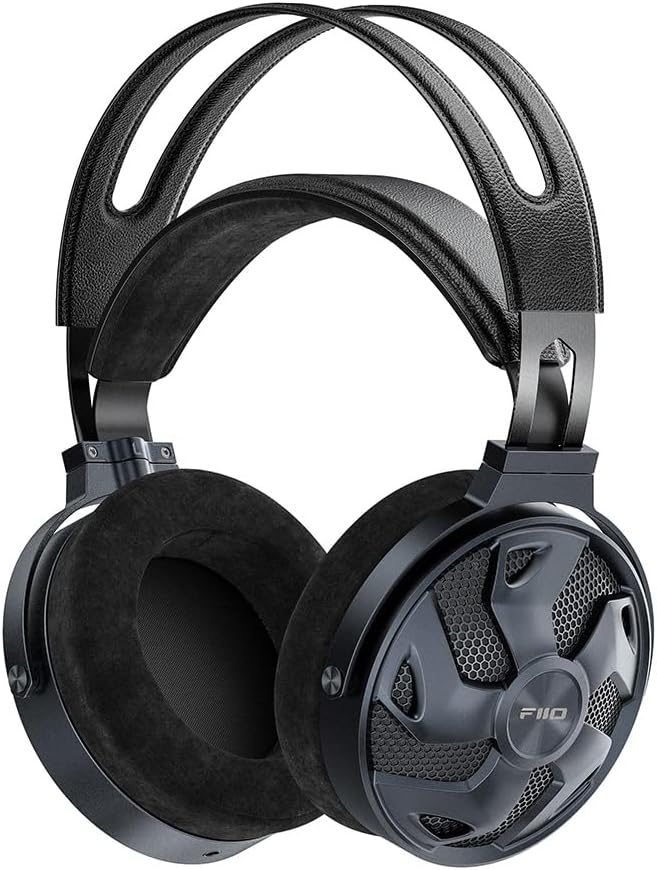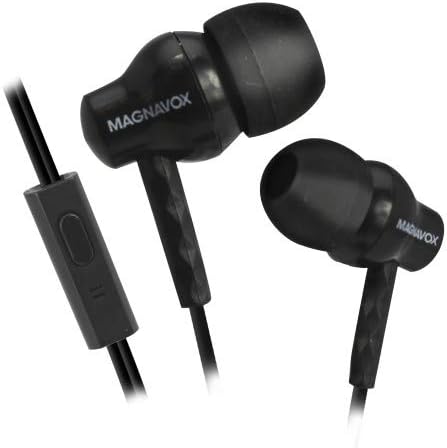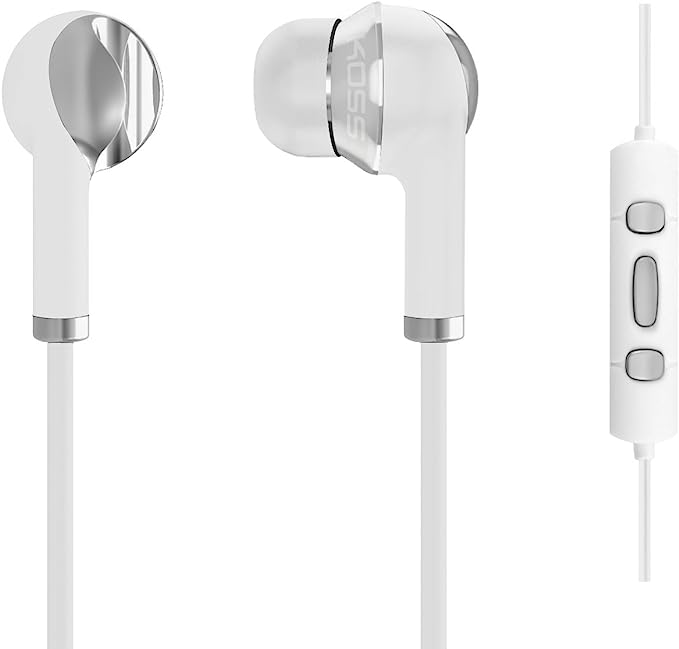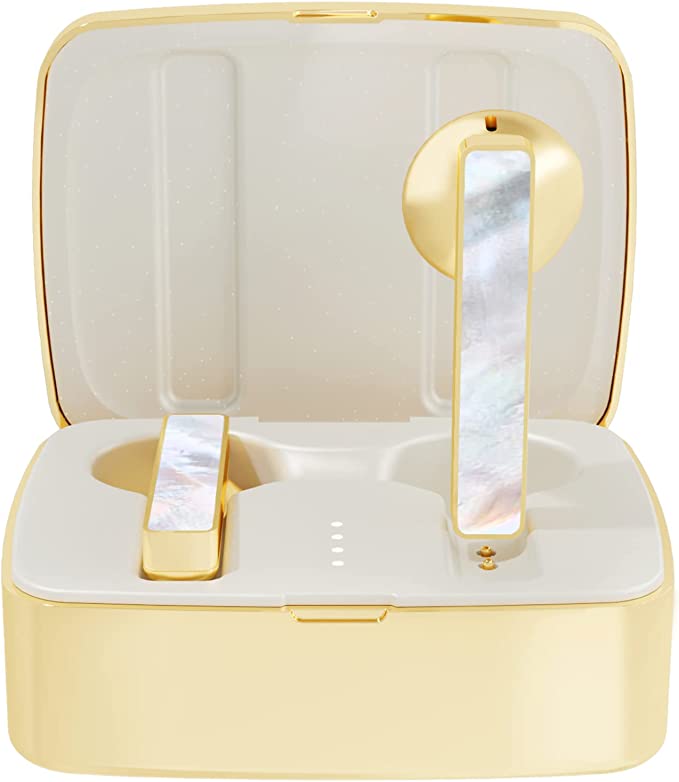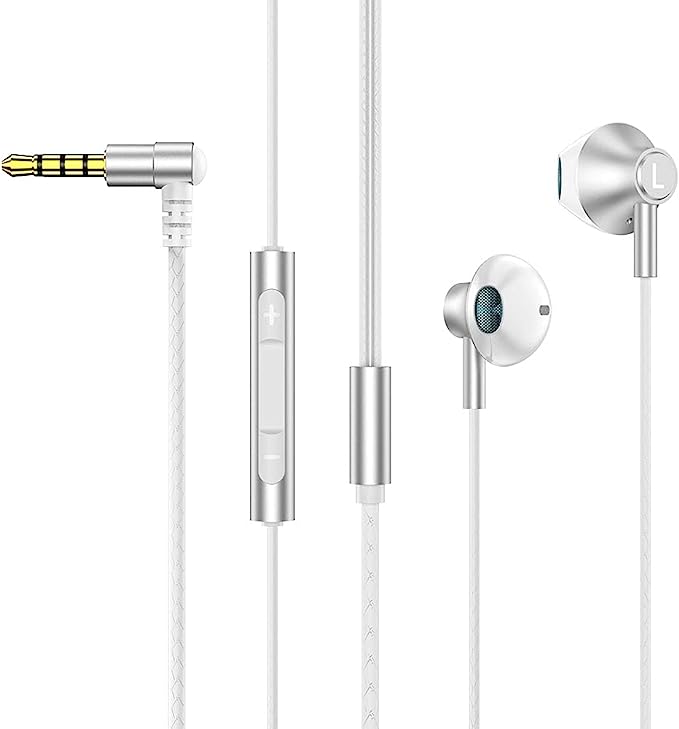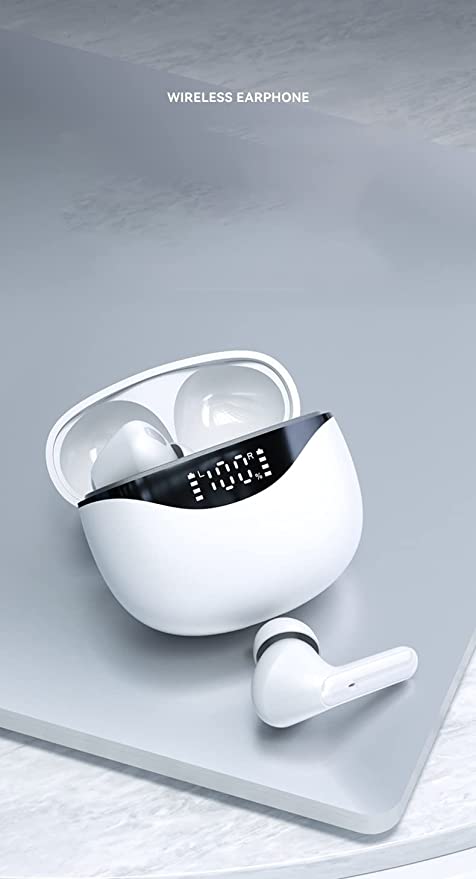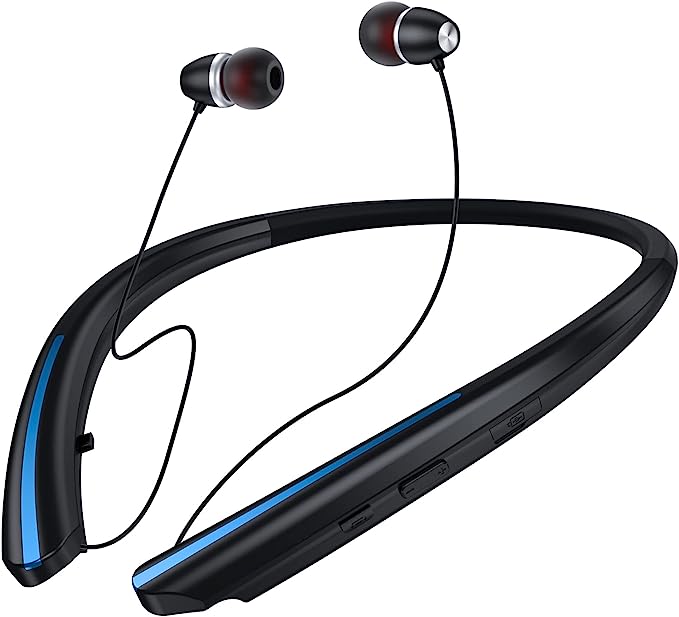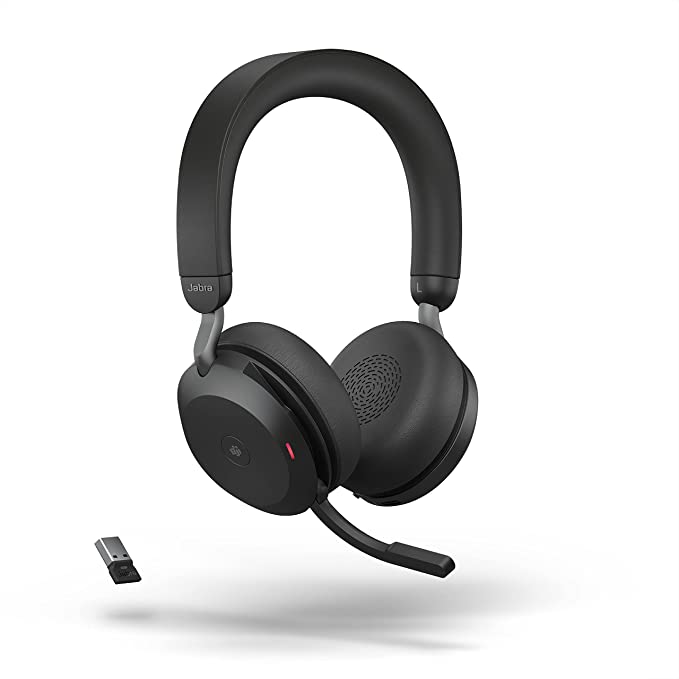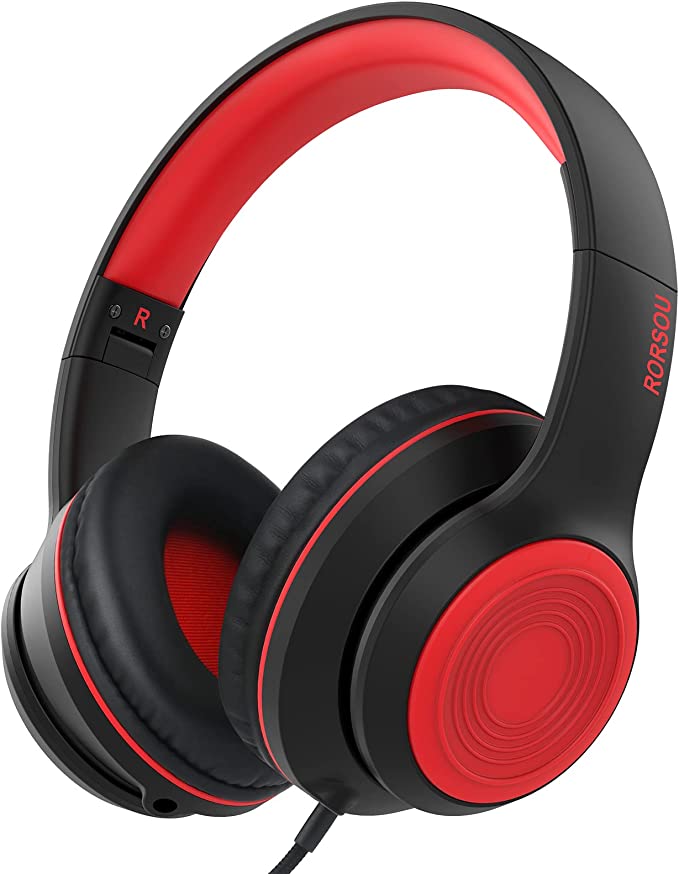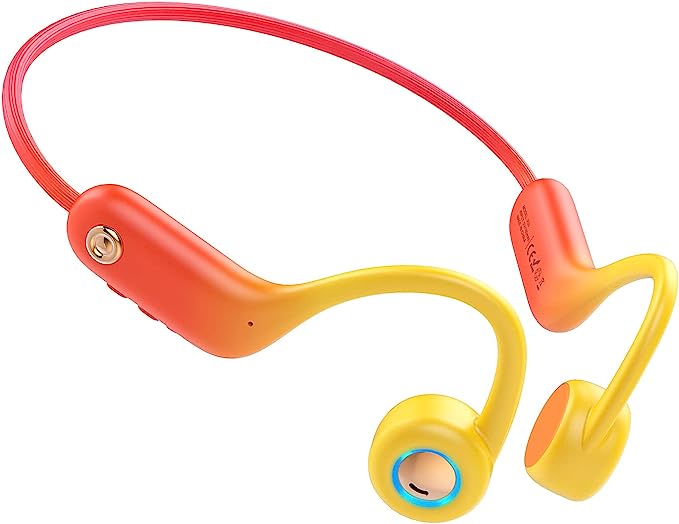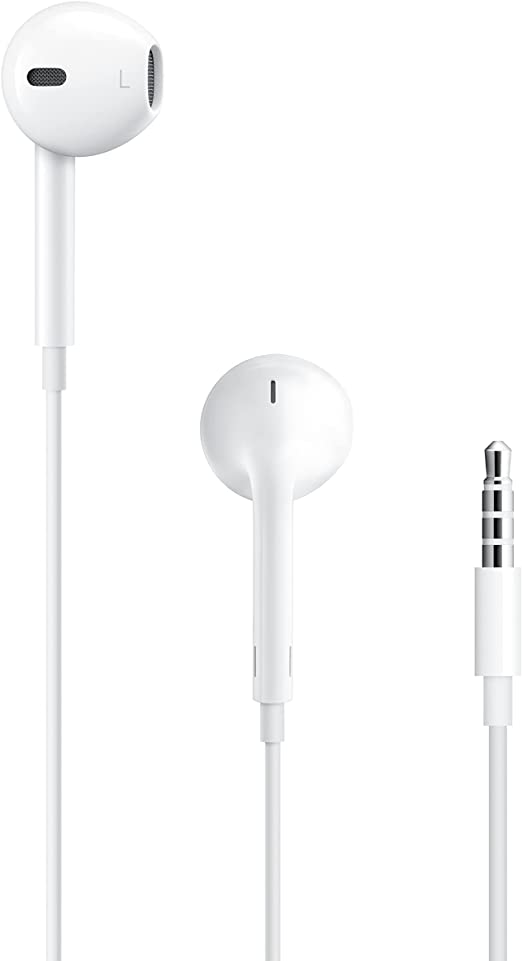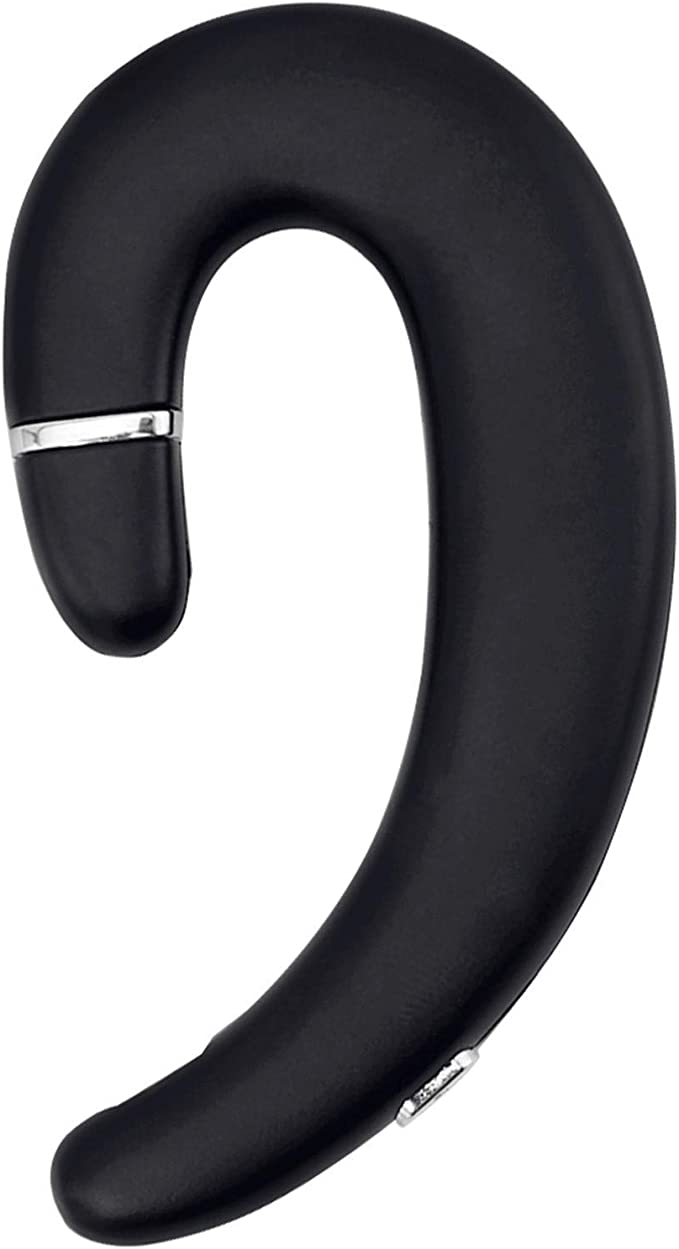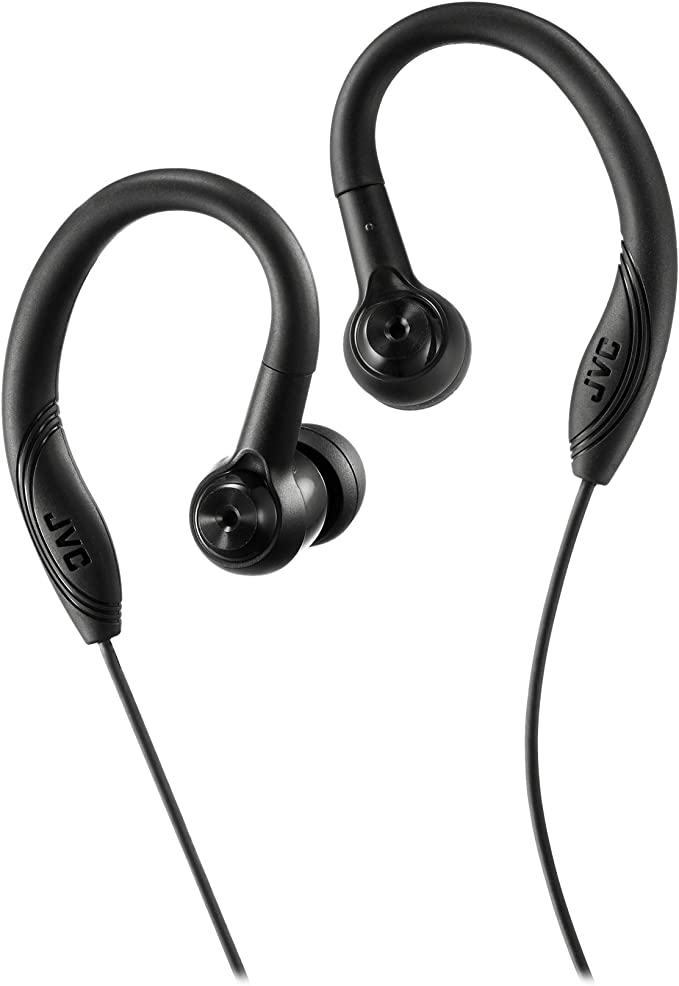V-MODA Crossfade 2 Wireless: Stylish and Durable Bluetooth Headphones
Update on June 30, 2025, 3:40 p.m.
In a drawer in countless homes lies a small, sad graveyard. It’s a tangle of wires and plastic, populated by the ghosts of headphones past. Here lies one with a snapped headband, a victim of a hurried toss into a backpack. Beside it, another pair, eternally silent in one ear, its delicate internal wiring severed at the plug—the most common and frustrating of failures. This isn’t a story of bad luck; it’s a story of physics and design. In an era where many electronics feel destined for a short lifespan, we have a right to ask: can something be built to last?
Let’s move from the graveyard to the laboratory. We will deconstruct the V-MODA Crossfade 2 Wireless Over-Ear Headphones not as a consumer might, but as an engineer would. We will set aside subjective discussions of sound and style for a moment and focus on the objective, beautiful science embedded in its very form. This is a case study in how thoughtful engineering, applied with precision, wages a successful war against the forces of physical failure.

The Physics of Fortitude: Deconstructing Material and Structural Strength
A product’s ability to withstand the rigors of the real world is its resilience. For headphones, this battle is fought on two main fronts: catastrophic failure from large impacts and gradual decay from repetitive stress. The Crossfade 2 employs clever strategies to win on both.
The Secret of the Steel Headband: A Miniature Masterclass in Elasticity
The product sheet makes a bold claim: its “steel flex headband” can be bent flat more than ten times. To an engineer, this isn’t just a marketing line; it’s a testament to a fundamental property of materials. Imagine bending a paperclip. It bends easily, but it stays bent. This is called plastic deformation—the material has been stressed beyond its elastic limit and is permanently altered. Now, imagine bending a flexible plastic ruler. It bends, but it snaps back to its original shape. This is elastic deformation.
The steel alloy used in the Crossfade 2 headband is engineered to have an exceptionally high elastic limit. This allows it to absorb a tremendous amount of stress—like being flattened in a bag—and release that energy by returning to its intended shape, unharmed. It’s a marvel of material science in miniature, providing robust protection against the kind of accidental, high-stress events that would permanently deform or fracture the cheap plastic found in lesser designs. It is, quite simply, the physical embodiment of resilience.

The 45-Degree Solution: Defeating the Tyranny of Stress Concentration
Even more impressive is the claim that the cable and its 45-degree plug can withstand over one million bends—a figure stated to be 100 times the industry standard. This tackles the most insidious killer of headphones: metal fatigue. The weakest point on almost any wired device is where the flexible cable meets the rigid plug. This sharp, 90-degree junction is an area of immense stress concentration.
Think of a piece of paper with a perforated line. It tears effortlessly along that line because all the tearing force is concentrated on the tiny points of connection. A standard 90-degree cable exit acts like that perforation. Every bend, every twist, focuses immense stress on a tiny section of the internal copper wires. Eventually, they fatigue and break.
The 45-degree plug is a deceptively simple and elegant solution to this complex engineering problem. It acts as a stress relief, forcing the cable to bend over a much gentler, wider radius. This distributes the stress along a larger portion of the cable, preventing any single point from reaching its breaking point. That small, intentional angle is the guardian of the headphone’s electrical lifeline, transforming the most vulnerable component into a bastion of durability.

The Architecture of Comfort: Engineering for the Human Form
Durability is meaningless if a product is uncomfortable to use. Here again, the design of the Crossfade 2, particularly with the optional XL Cushions, relies not on guesswork but on fundamental principles of physics and ergonomics.
The Pressure Equation: Why Bigger Cushions Are a Physicist’s Friend
The specifications are precise: the XL Cushions are 20% larger in diameter and 30% deeper. This is not arbitrary. It is a direct application of one of physics’ most basic formulas: Pressure = Force / Area. The “Force” is the clamping power of the headband, necessary to keep the headphones secure. In a poorly designed headphone, this force is applied over a small surface “Area,” resulting in high “Pressure” and the familiar, painful pinching sensation.
To understand this, picture a person walking on deep snow. Wearing stiletto heels (tiny area), they sink. Wearing snowshoes (large area), they float on the surface. The person’s weight (the force) is the same, but distributing it over a larger area dramatically reduces the pressure. The XL Cushions are the snowshoes for your head. By significantly increasing the contact area, they distribute the headband’s clamping force so effectively that the pressure at any single point becomes negligible. This is the science behind all-day comfort.

The Quiet Cocoon: Sculpting Personal Space with Volume and Seal
The final piece of this engineering puzzle is the claimed 72% increase in internal volume provided by the XL Cushions. This has a powerful, twofold effect on your listening experience.
First, it enhances passive noise isolation. The larger, deeper cushions are simply better at conforming to the unique contours of a user’s head, creating a more complete and effective physical seal. This seal acts as a barrier, reflecting ambient high-frequency sounds—the clatter of a coffee shop, the drone of an airplane engine—before they can reach your ear.
Second, that increased internal volume creates a different acoustic cavity. The space between the driver (the speaker) and your ear is, in effect, a tiny room. By making that room 72% larger, you change its acoustic properties. A larger space can help reduce unwanted resonances that can make bass feel “boomy” or congested, allowing the sound to develop more naturally. It helps create what the product description calls a “stress-free & spacious listening environment,” giving the music room to breathe and fostering a more immersive, out-of-head soundstage.

Conclusion: Design as a Statement
As we reassemble the Crossfade 2 from our engineering teardown, a clear picture emerges. The resilient steel, the intelligent 45-degree plug, the pressure-diffusing cushions, the spacious acoustic cavity—these are not a checklist of features. They are interwoven elements of a singular, uncompromising design philosophy. They reveal a deep respect for the user and a profound understanding of the physical world.

In an age that often prioritizes fleeting trends over lasting quality, an object engineered for longevity is more than just a product. It is a statement. It declares that thoughtful design matters. It argues that a higher initial investment in superior materials and clever engineering can yield years of reliable service, making it a more sustainable and ultimately more valuable choice. Choosing a product like this is to choose an artifact, not just an appliance—an investment in something built not just to be used, but to endure.


